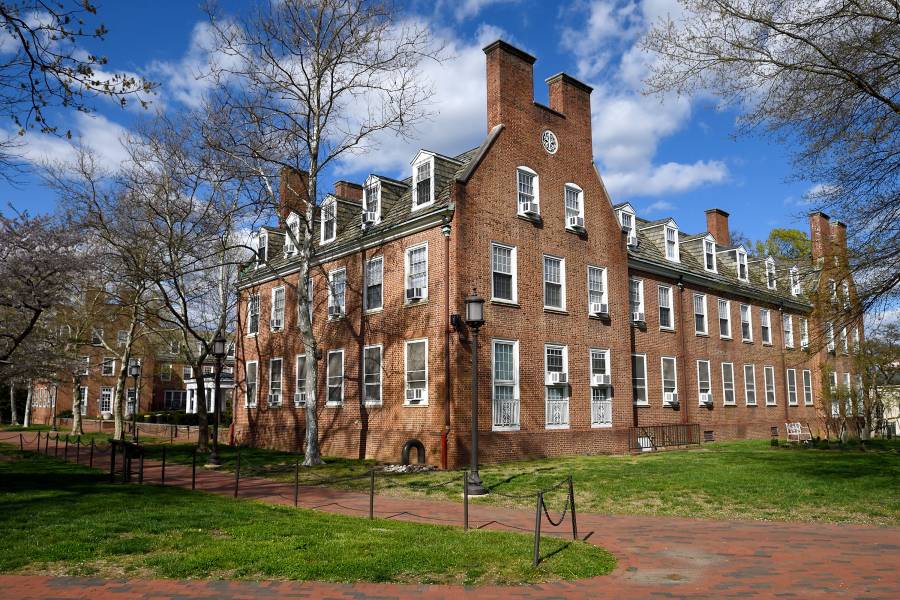Following nationwide recommendations issued by the Centers for Disease Control and Prevention on safely re-opening buildings after pandemic shut-downs, Johns Hopkins University has been conducting enhanced monitoring of showers and other plumbing fixtures across its campuses for the presence of the Legionella bacteria
Legionella occur naturally in the environment and in the lakes and reservoirs that supply water to municipal systems like Baltimore's. However, it can proliferate when water sits for long periods in the pipes of an unused building—as has been the case at times in various campus locations during the COVID-19 pandemic—and at higher concentrations can sometimes cause a type of pneumonia known as Legionnaires' disease.
The bacteria is transmitted by inhalation, not ingestion or person-to-person contact, making showering a potential cause for concern due to prolonged inhalation of steam. Water uses such as drinking, food preparation, and washing hands are safe. According to the CDC, those at highest risk for contracting the pneumonia associated with Legionella are individuals over the age of 50, people with cancer or chronic lung diseases such as emphysema, and those with compromised immune systems.
The only persistently elevated levels of Legionella bacteria found through enhanced testing at Johns Hopkins were detected earlier this summer in a handful of bathroom fixtures in the AMR II and AMR III residence halls on the Homewood campus. No related illnesses have been reported in any Johns Hopkins affiliates.
In consultation with the CDC, city health officials, and Johns Hopkins' own public health and medical experts, the university pursued an aggressive remediation plan: The buildings' pipes have been repeatedly treated, tested, and flushed, and new hospital-grade showerheads have been installed throughout the AMRs. These showerheads filter out bacteria and are commonly used in medical facilities for immune-compromised patients.
"Through these steps, we are confident we can safely welcome students and staff back to these residence halls as planned," Kevin Shollenberger, vice provost for student health and well-being and interim vice provost for student affairs; Jon Links, professor, vice provost, and chief risk officer; and Bob McLean, vice president for facilities and real estate, wrote today in a message to students assigned to residences in AMR II and AMR III. "There are no other buildings or areas of concern at this time, although we are continuing our enhanced monitoring of all showers across our campuses to make sure they remain safe. We also anticipate that a return to normal water utilization will prevent a recurrence of the issue."
More information about ongoing enhanced testing efforts will be posted on the Student Affairs Community Living website, which also includes answers to frequently asked questions. The university will provide regular updates as it continues to test the water in AMR II and III as well as in other campus facilities throughout the academic year to ensure a safe and healthy environment.
Posted in University News








